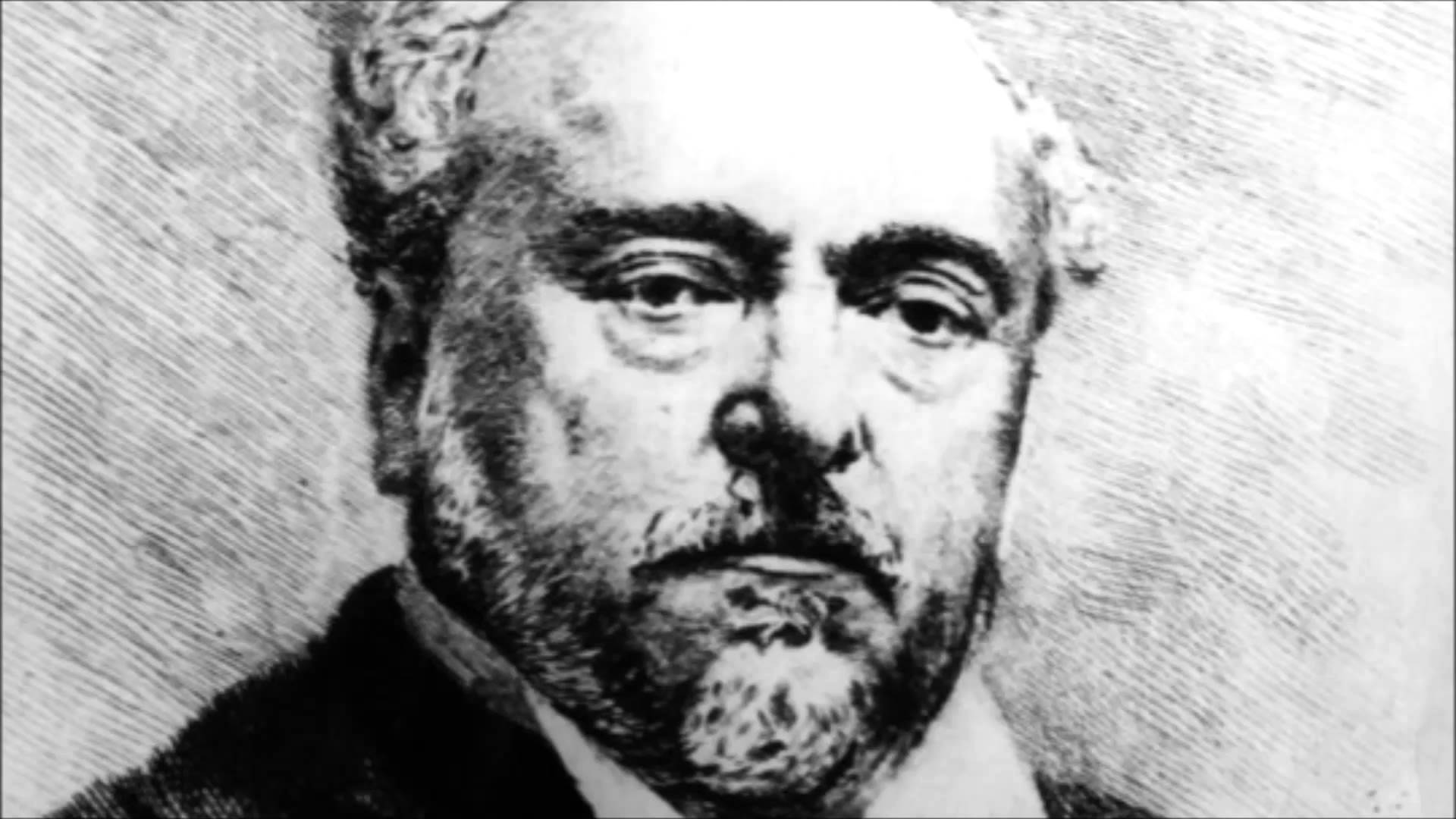

EMMANUAL CHABRIER
18thJanuary 1841 --- 13thSeptember 1894
Copyright 1994-1998 Encyclopaedia Britannica
Last Updated on 2023
By Steven Ritchie
And now for the Music

Thanks to George Pollen for the music below.
New (3939)"Danse Villageoise. Sequenced by George Pollen. New (3938)"Danse Slave, Le Roi Malgre Lui". Sequenced by George Pollen. Thanks to Ramon for the music below.
(2143)"Espana, rhapsody for orchestra (1883)". Sequenced by Ramon Pajares Box. (1122)"Feuillet d'album (Albumleaf)". Sequenced by Dominique Rayet. (1124)"Suite pastorale, No.2." Danse villageoise". Sequenced by Dr.David Siu. (1125)"Suite Pastorale No.4." Scherzo-valse ". Sequenced by Dr.David Siu. (1126)"Souvenirs de Munich". Sequenced by Dr.David Siu. (1129)"Joyeuse marche". Sequenced by Dr.David Siu. (29a)"Souvenirs". Sequenced by Dr.David Siu. (1123)"Pieces Pittoresques". Sequencer Unknown

If you done any Classical pieces of say for example, Delius, mozart, and so on etc,
please email them to the classical music site with details to
"classical (@) ntlworld.com" written this way to stop spammers
just remove spaces and brackets for email address, thank you.

Visitors to this page --

Back to Classical Midi Main Menu click "HERE"